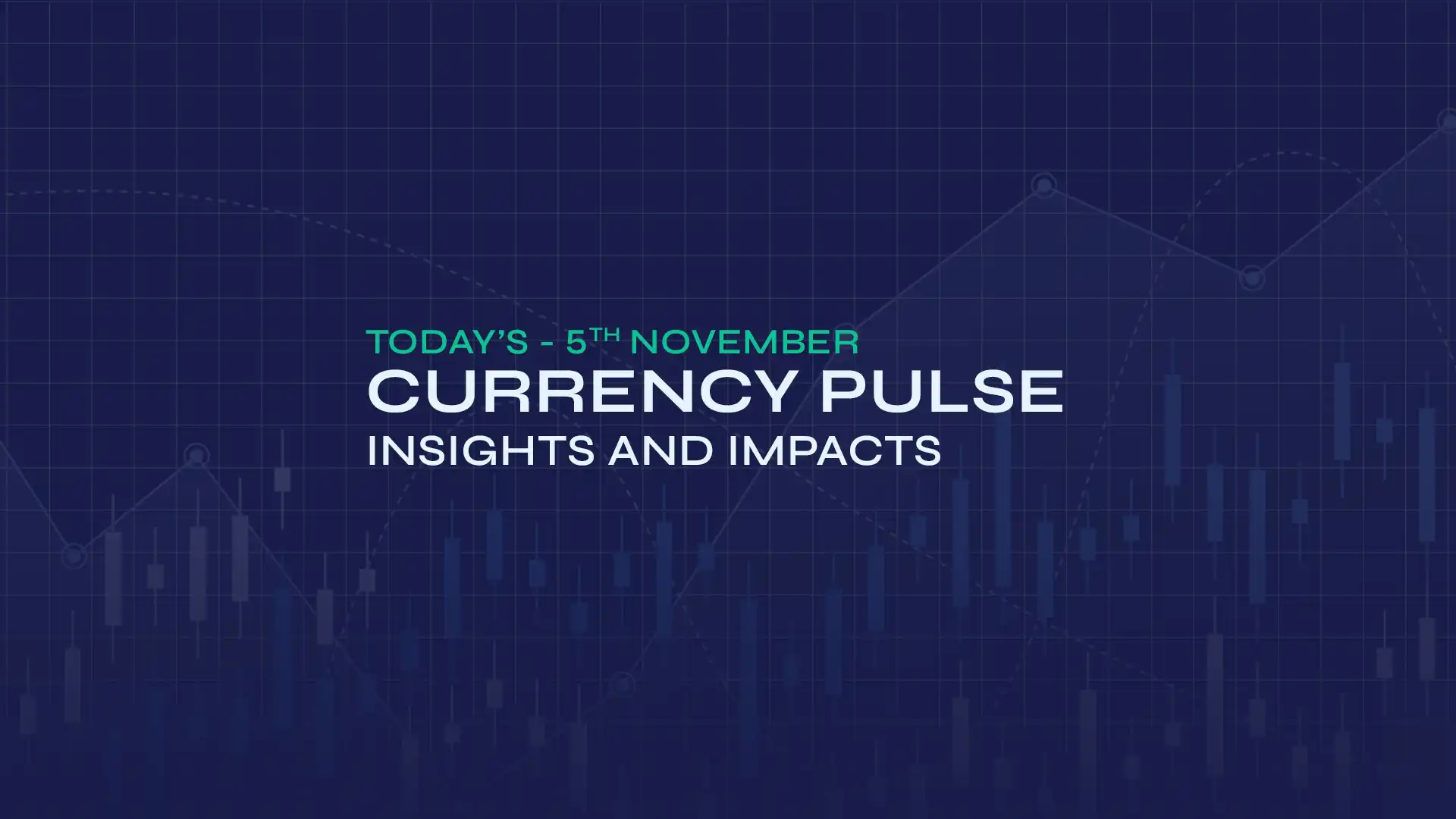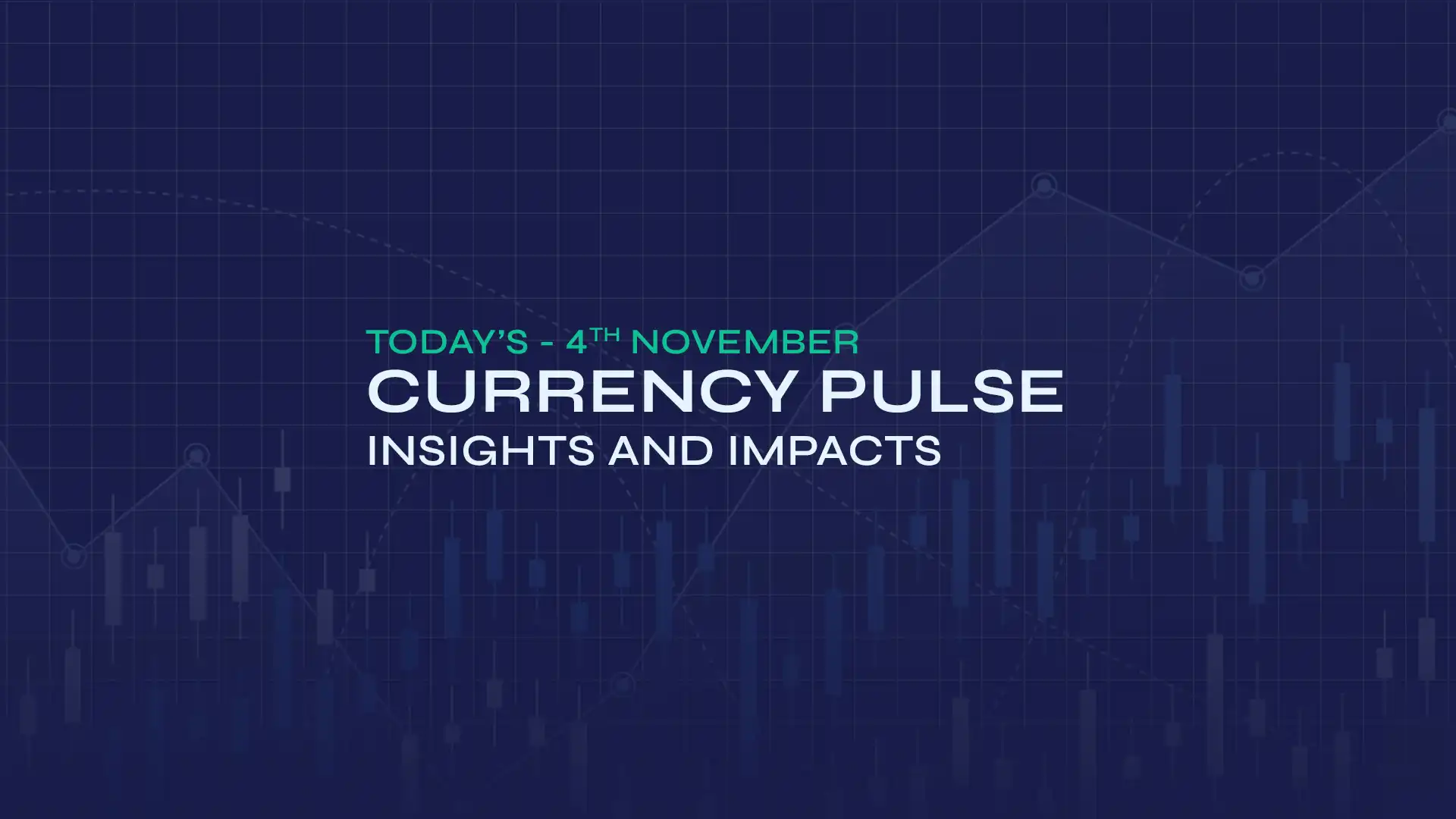The EUR/USD pair extended its rebound to trade around 1.1505[1] in Thursday’s Asian session, supported by improved risk sentiment and a modest recovery in global equity markets. A slowdown in the recent sell off in the technology shares stimulated demand in the higher riskier assets like the euro, as traders await fresh signals by the German Industrial Production and the Euro zone Retail Sales data[2] later in the day. The near-term tone of the two is believed to be constructive but gains are curtailed by uncertainty that lingers in the policy direction of the European Central Bank (ECB)[3].
Market reports[4] indicate that the move by ECB to keep its deposit rate at 2.0% unchanged after three consecutive meetings subdued the anticipation that policy makers will sustain a cautious approach over the next few months. The statement made by President Christine Lagarde[5] that the Bank is in a good place will give a feeling that it is confident with the inflation and growth picture, although it will take some action in case the situation worsens. This moderate approach has curtailed EUR gains, with investors still conscious of the long-term restraining effect of restrictive policy on the growth trend in the region.
Market commentators[6] point out that within the Atlantic, the US ISM Services PMI increased to 52.4 in October indicating increased activity in the services side of the economy, and the ADP employment data indicated that there was an increase in the private payrolls by 42K over the last month after a decline. The optimistic releases are in favour of the US dollar and can limit the progress of EUR/USD in case the future releases like the Nonfarm Payrolls and Consumer Sentiments data[7] on Friday confirm optimism on the US economic strength.
Analysts[8] suggest that as long as EUR/USD supports itself above 1.1480 in the short term, robust US-based data will rejuvenate greenback demand. The medium-term bias is neutral and the two are expected to trade with a consolidative range before the major macroeconomic triggering factors.

EUR/GBP Climbs Amid Cautious Policy Outlook
The EUR/GBP pair extended its upward momentum and traded near 0.8810[9] in Thursday’s Asian session, its highest level since May 2023. The pair is thought to have gained momentum, as traders placed themselves before some of the most critical European datas, such as the German Industrial Production and Eurozone Retail Sales[10] ahead of September. Anticipation of a German economic recovery in the form of a monthly rebound and slight retail recovery in the bloc has been a favourable background to the euro which has been strengthened by the feeling that the European Central Bank (ECB)[11] would maintain a steady yet cautious nature in its following meetings.
Market commentators[12] note that the seasonally-adjusted Industrial Production of Germany is set to improve 3.0% month-on-month, recovering somewhat after August when it declined precipitously by 4.3%, and that the Eurozone Retail Sales will record slight monthly growth of 0.2%. A stable macro performance may make it harder to doubt the economic strength of the euro[13] area, even though the ECB maintains its deposit rate at 2.0. The recognition of the central bank of steady inflation, as well as continuous development, has been a call to traders to maintain a somewhat positive attitude[14] towards the single currency within the next few months.
Market reports[15] indicate that on the UK side, the pound is held at bay since investors are awaiting the Bank of England (BoE) decision on the policies in November. The BoE is generally believed to keep its benchmark rate of 4.0[16] but the reasoning behind it is the softer domestic inflation and wages data which is pushing the argument of possible rate reductions at the beginning of next year. The future of growth of the UK is also faced with uncertainty due to fiscal tightening possibilities under the upcoming budget of Chancellor Rachel Reeves[17].
In the wider picture, analysts suggest that weaker recent US data on labour and services has put a strain on the global risk sentiment, which favours defensive assets like the euro[18]. Although EUR/GBP will have short-term upside potential on divergent policy expectations, the medium-term trend of the two will be dependent on the strength of upcoming Eurozone data and the rate at which BoE easing[19] will take place in early 2025.

GBP/USD Advances Ahead of BoE Decision
The GBP/USD pair advanced for the second consecutive session trading near 1.3060[20] in Thursday's Asian hours as the pound found support ahead of the Bank of England’s (BoE) policy announcement. The markets are believed to strongly assume that BoE will retain its benchmark rate at 4% in November, though recent soft UK inflation and wage growth data[21] has strengthened the anticipation of a possible rate cut in early 2026. The investors are not completely clear though with the central bank remaining hawkish in an effort to control the remaining price pressures.
Market reports[22] indicate also that political and fiscal developments are defining pound sentiment. The upcoming November 26 budget by Chancellor Rachel Reeves[23] is receiving interest with investors preparing to face potential tax hikes and stricter fiscal policy to deal with the high levels of borrowings in the UK. Although financially wise[24], such measures would burden the short-term growth prospects and damp the long-term attractiveness of the pound in case the economy slows down further.
Market commentators[25] point out that throughout the Atlantic, the US dollar dropped slightly following a sequence of promising US data announcements and re-adjustment of Fed rate-cut projections. The ADP Employment Report indicated that the total number of jobs increased to 42,000[26] in October, which is much higher than expected, and the ISM Services PMI also increased to 52.4 indicating resilience in the US services industry. However, traders have reduced wager on a 62% cut in the Fed rate[27] in December, which is a relief to the dollar and provides it with a reasonable foundation.
Analysts[28] believe that in the short-term, GBP/USD can be defending 1.3000 as long as risk sentiment remains strong and BoE does not give the impression that it is about to shift in its policy. Nevertheless, there are still risks in the medium run, as the signals of UK growth are unhealthy and tighter fiscal policy can mitigate the upward pound trends in the coming weeks. In short, the GBP/USD exchange rate is likely to remain sensitive to upcoming BoE signals and fiscal developments, with market sentiment playing a key role in determining its near-term direction.

USD/CAD Steadies as Dollar Momentum Cools
The USD/CAD pair traded around 1.4100[29] in Thursday’s Asian session after briefly touching a seven-month peak of 1.4140 in the prior session. The pullback is believed to be a mild form of profit-taking as the US dollar[30] is weakening, even with the positive news on the US front, with the ADP Employment Change and the ISM Services PMI results being higher than expected. The US labour market and services sector is strong, and it represents the resilience of the economy, which restricts the downside pressure on the greenback[31] at present.
Market commentators[32] note that market participants are wary of the forthcoming employment signals in the US, such as weekly jobless claims and Friday Nonfarm Payrolls (NFP), which may influence the anticipations of the Fed in its quarter-end policy move. As Fed Chair Jerome Powell[33] said of uncertainty and data-dependent approach, fed funds futures now reflect a 62% chance of a rate cut in December, down a bit at 68% a day before. The two-sided Fed communication, the restraint of Powell and the receptiveness of Governor Stephen Miran[34] have maintained volatility at high levels across USD pairs.
Market reports[35] point out that on the Canadian side the loonie is moderately supported by the fiscal stability and government-sponsored capital expenditure initiatives which contribute to stabilizing anticipations of consistent monetary practice. According to analysts[36] of BBH FX, the 2025/26 and 2026/27 budget deficits of -2.5 and -2.0 percent of GDP of Canada are manageable and therefore the Bank of Canada will be able to continue with a 2.25% policy rate.
Analysts[37] have suggested that USD/CAD can remain in a narrow range of 1.4050 1.4150 in the short-term pending high-level US labor statistics. As robust US numbers may restore the duo to recent levels, weaker releases may be welcomed by renewed selling pressure especially when risk sentiment is turned positive and the oil prices are restored.

Stay Ahead in the Currency Game
Whether you're a daily FX trader or handle international transactions regularly, our 'Currency Pulse' newsletter delivers the news you need to make more informed decisions. Receive concise updates and in-depth insights directly in your LinkedIn feed.
Subscribe to 'Currency Pulse' now and never miss a beat in the currency markets!
Ready to act on today’s insights? Get a free quote or give us a call on: +44 (0)20 7740 0000 to connect with a dedicated portfolio manager for tailored support.
Important Disclaimer: This blog is for informational purposes only and should not be considered financial advice. Currency Solutions does not take into account the investment objectives, financial situation, or specific needs of any individual readers. We do not endorse or recommend any specific financial strategies, products, or services mentioned in this content. All information is provided “as is” without any representations or warranties, express or implied, regarding its accuracy, completeness, or timeliness.




